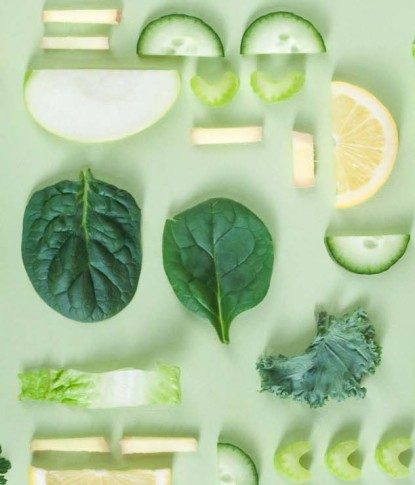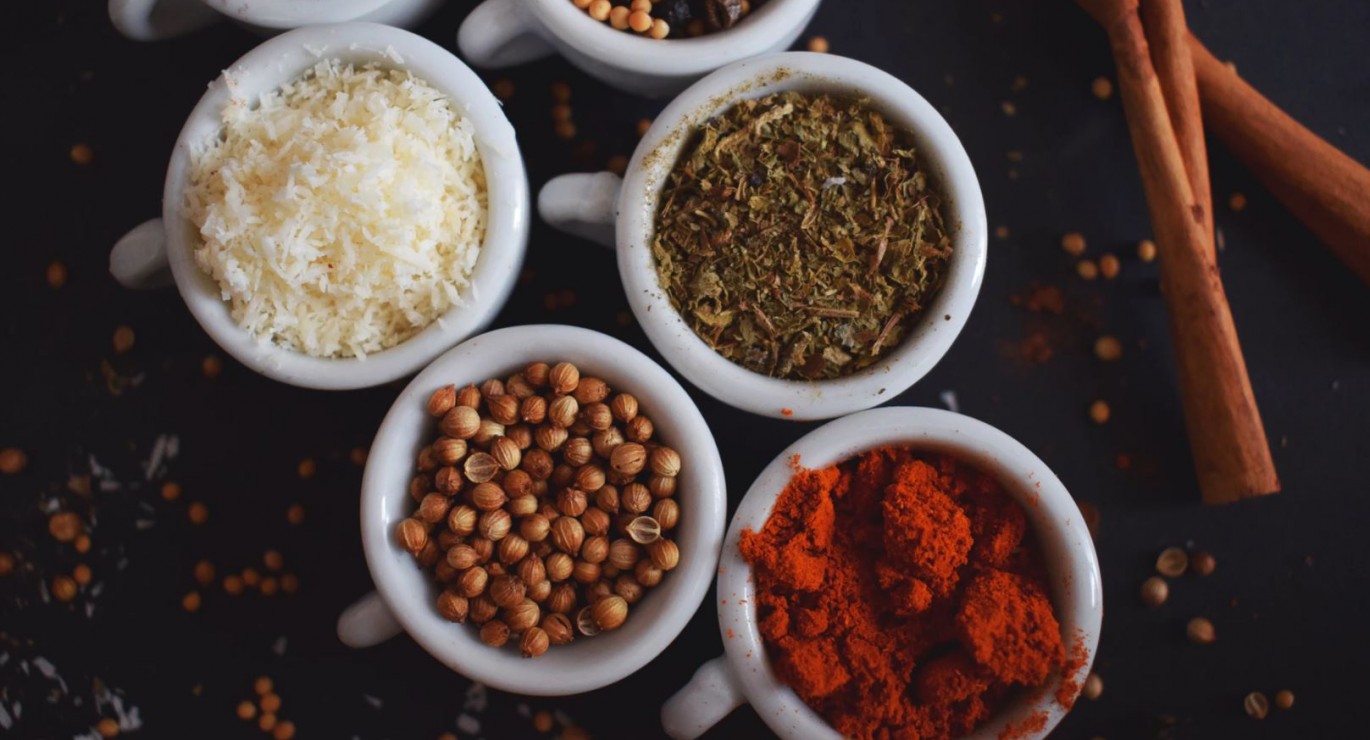
A quick guide to resistant starch
Carbohydrates haven’t been cool for some time, thanks to all those post-Atkins diets that helped popularise the idea that protein is king, particularly where weight loss is concerned. But some carbs could help you lose weight – and keep it off. These carbs are called resistant starch.
What is resistant starch?
According to resistant starch enthusiasts it can help you…
• Feel fuller for longer
• Boost fat burning (especially abdominal fat)
• Reduce hunger pangs and cravings
• Help keep your blood sugar stable
Unlike other starches that are broken down into sugar in the digestive system, resistant starch resists being digested, much in the same way as dietary fibre (in fact it’s classified as a type of fibre). Instead, resistant starch passes straight through the small intestine and into the large intestine where it is fermented. This produces substances called short-chain fatty acids, which apparently are very good for your gut.
Where can you find it?
Potatoes Thanks to resistant starch potatoes are back on the menu. But eat yours cold – as in potato salad, for instance – as the starches in potatoes change when they’re cooked and then cooled, making them more resistant to digestion. Also try adding raw potato starch flour to soups and smoothies for an extra resistant starch kick.
Pasta and rice These are also richer in resistant starch if you serve them cold, which is great news for sushi and pasta salad fans. Wholemeal varieties are even better, as they contain more fibre than white versions.
Bread Never thought you’d eat bread again? Think again. Try snacking on pumpernickel, which is thought to contain more resistant starch than other types of bread.
Beans Chickpeas, lentils, kidney beans and white beans such as cannellini beans are bursting with resistant starch. And they’re rich in protein. Add them to salads, soups and stir fries.
Oats These are a great source of resistant starch, which is another good reason to have porridge for breakfast. But top your bowl with a sliced banana, as bananas and plantains are also full of resistant starch. The more unripe a banana, the more resistant starch it contains: a ripe banana has around 1.23g of resistant starch per 100g while a green banana has a massive 8.5g, so eat yours when they’re green.
Pearl barley You may remember this grain from your gran’s cooking (though it’s not very popular nowadays). Try adding it to stews, casseroles and salads for a resistant starch boost.
Raw potato starch Often used to as a thickener, this looks like flour but is a highly concentrated source of resistant starch. Add a spoonful to a smoothie or a pot of yoghurt (1 – 2 tablespoons a day is enough but start with a small amount and increase it gradually).
Tags: diet




